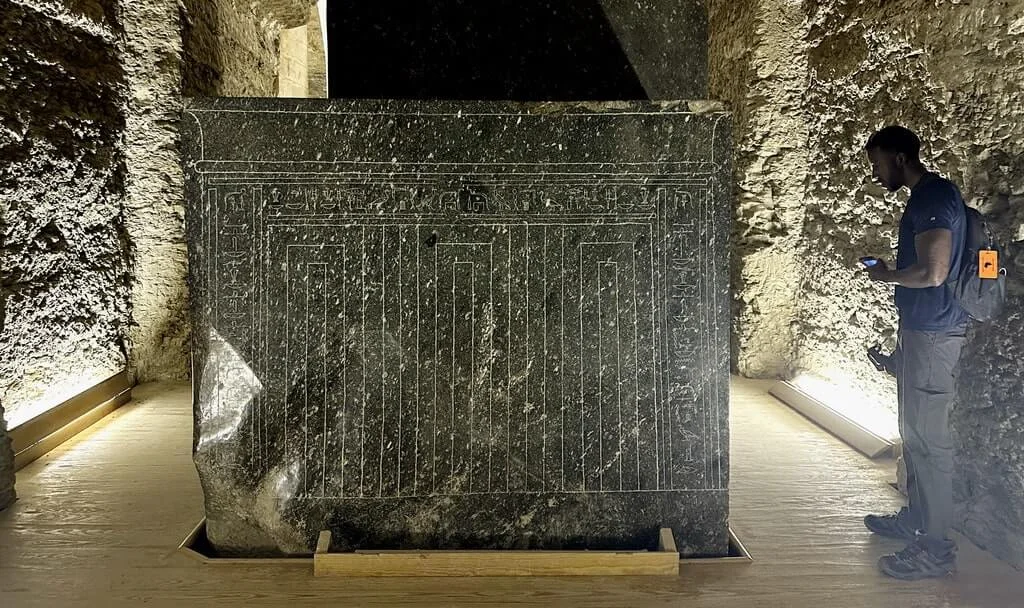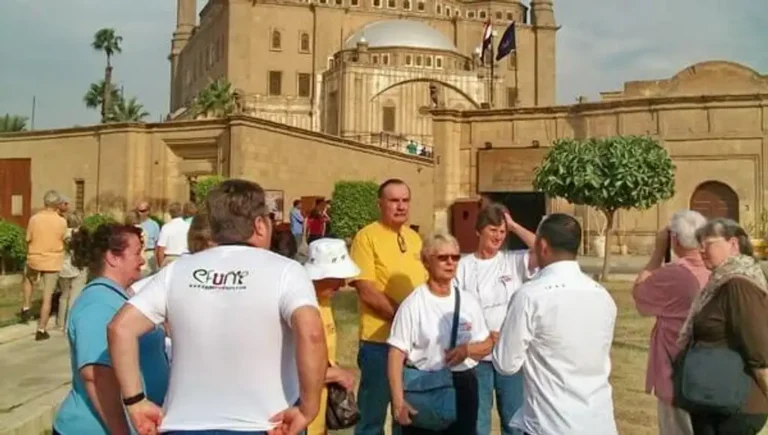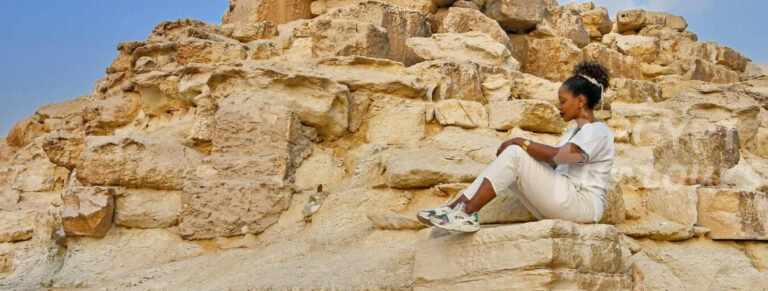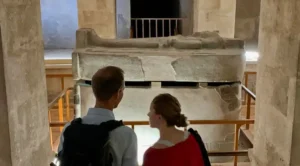Discover the Secrets of the Serapeum in Saqqara
Discover the secrets of the Serapeum in Saqqara. This Serapeum is one of the eternal mysteries of ancient Egyptian civilization. Beneath the sands of Saqqara, Egypt, a remarkable underground complex holds a profound mystery. This labyrinthine tomb, known as the Serapeum, served as the burial place for the sacred Apis bulls. It represents a significant archaeological find that offers us a rare glimpse into ancient Egyptian religious beliefs and practices.
Serapeum in Saqqara
The Serapeum was an elaborate necropolis where Egyptians mummified and buried the sacred Apis bulls. Ancient Egyptians considered these bulls living incarnations of the god Ptah. They housed and worshipped them at the temple of Ptah in Memphis. When a bull died, it received an elaborate funeral and burial ceremony, befitting a divine being. The priests then located a new calf with specific markings and installed it as the new Apis.


























